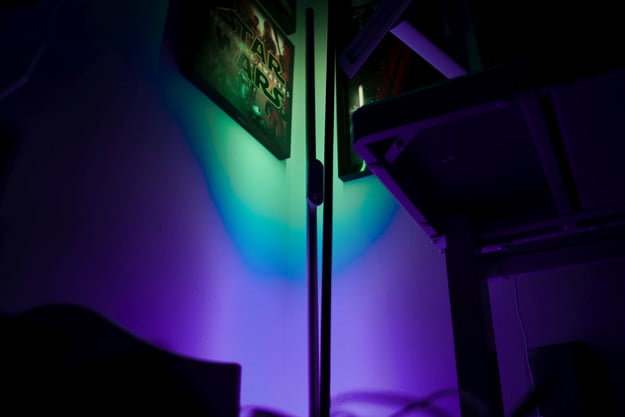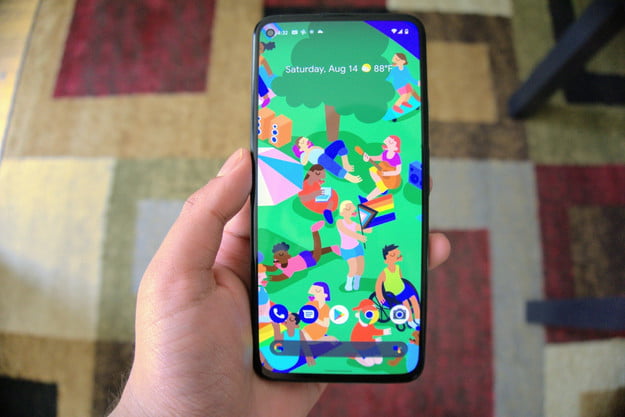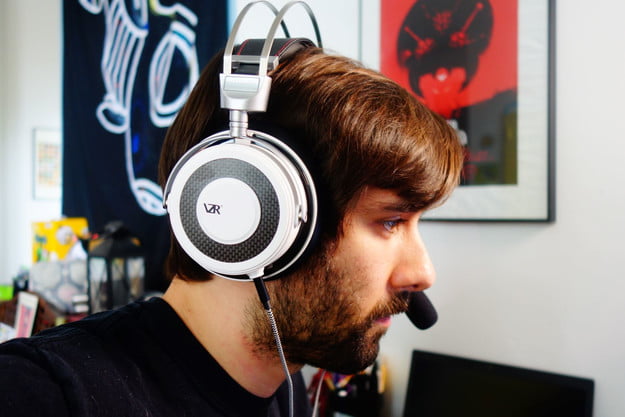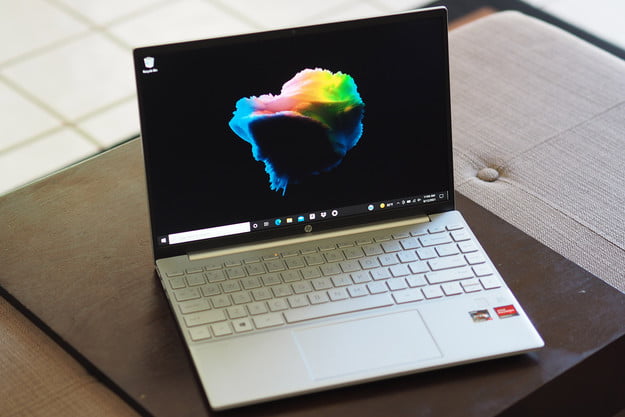Lose 250 Calories Because Exercise Alone is Not Enough
 Reducing caloric intake by about 250 calories per day can result in significant weight loss and improve vascular health in older adults with obesity.
Reducing caloric intake by about 250 calories per day can result in significant weight loss and improve vascular health in older adults with obesity.

The aorta is our healthy blood highway that effectively carries our blood supply to our peripheral tissues. When we are young, most of our large arteries are said to be elastic, but they stiffen as we age.
Continue reading



 Lazy summers are no longer what they used to be. Instead of spending the summer, strong men competed in the UK trying to break the world record in the deadlift.
Lazy summers are no longer what they used to be. Instead of spending the summer, strong men competed in the UK trying to break the world record in the deadlift.











 Frailty is a measure of the downside of aging; exercise is the remedy.
Frailty is a measure of the downside of aging; exercise is the remedy.







 There are many genetic markers associated with elite fitness and athletic traits.
There are many genetic markers associated with elite fitness and athletic traits. 









 How to cultivate empowering identities and clarify the behaviors associated with those identities.
How to cultivate empowering identities and clarify the behaviors associated with those identities.